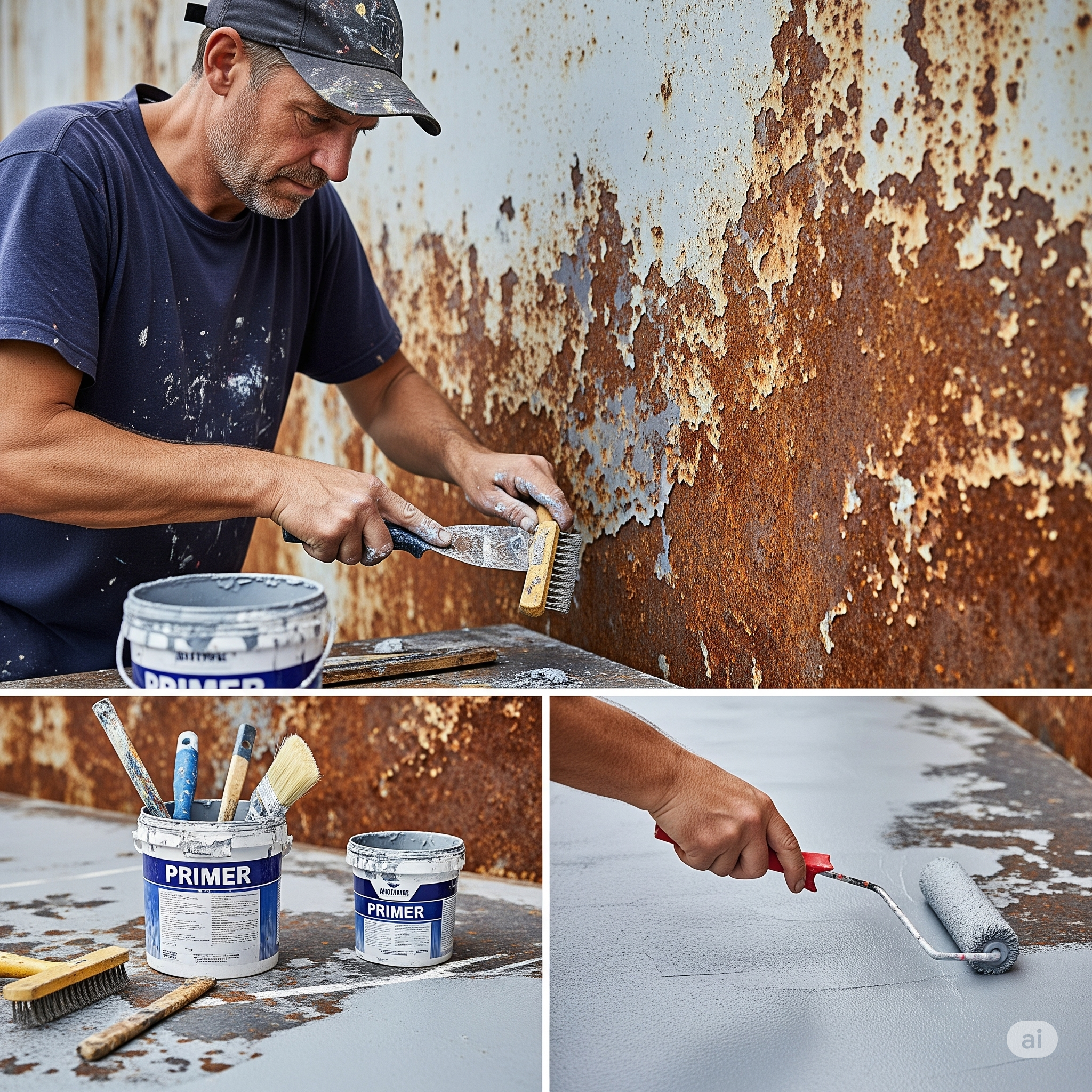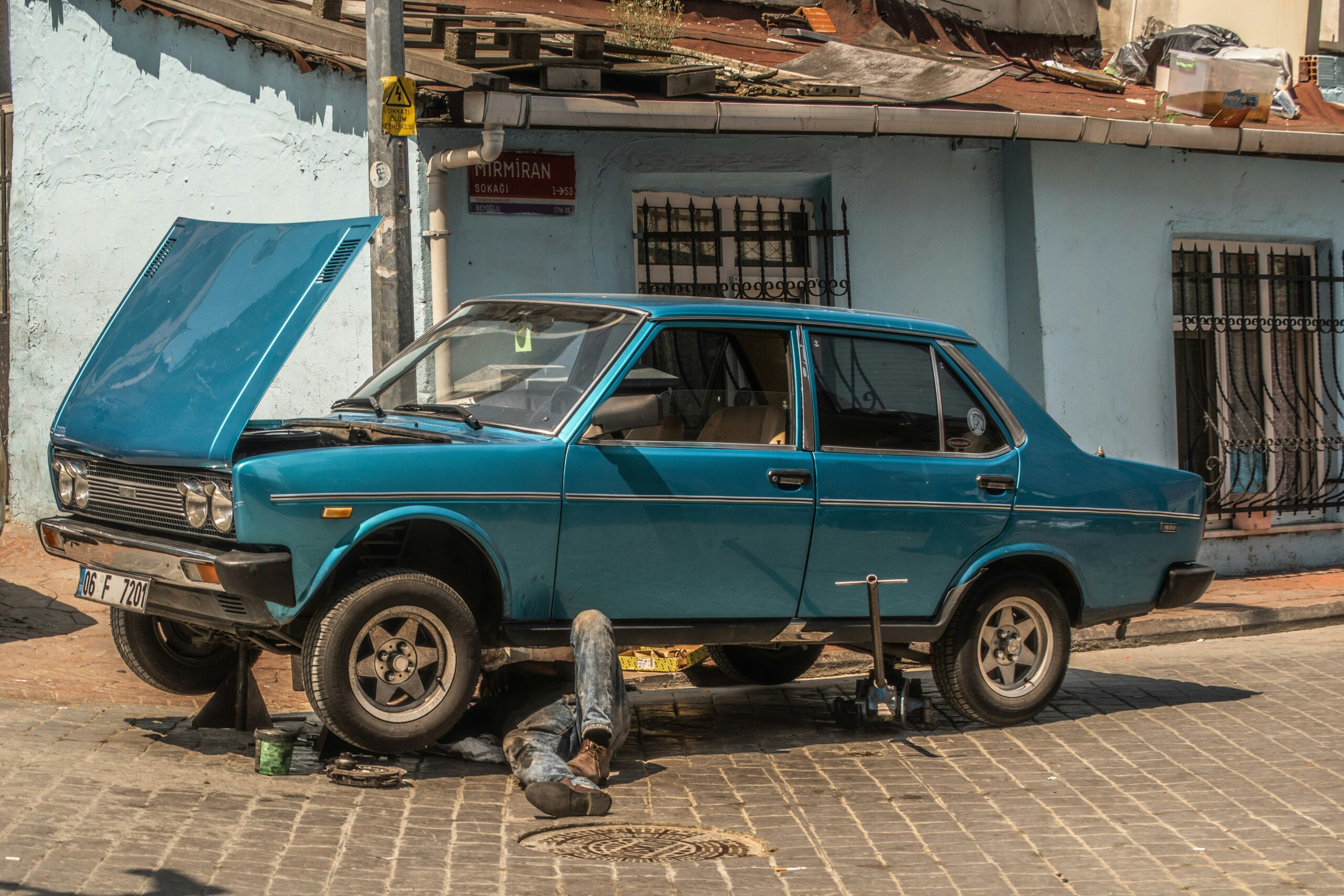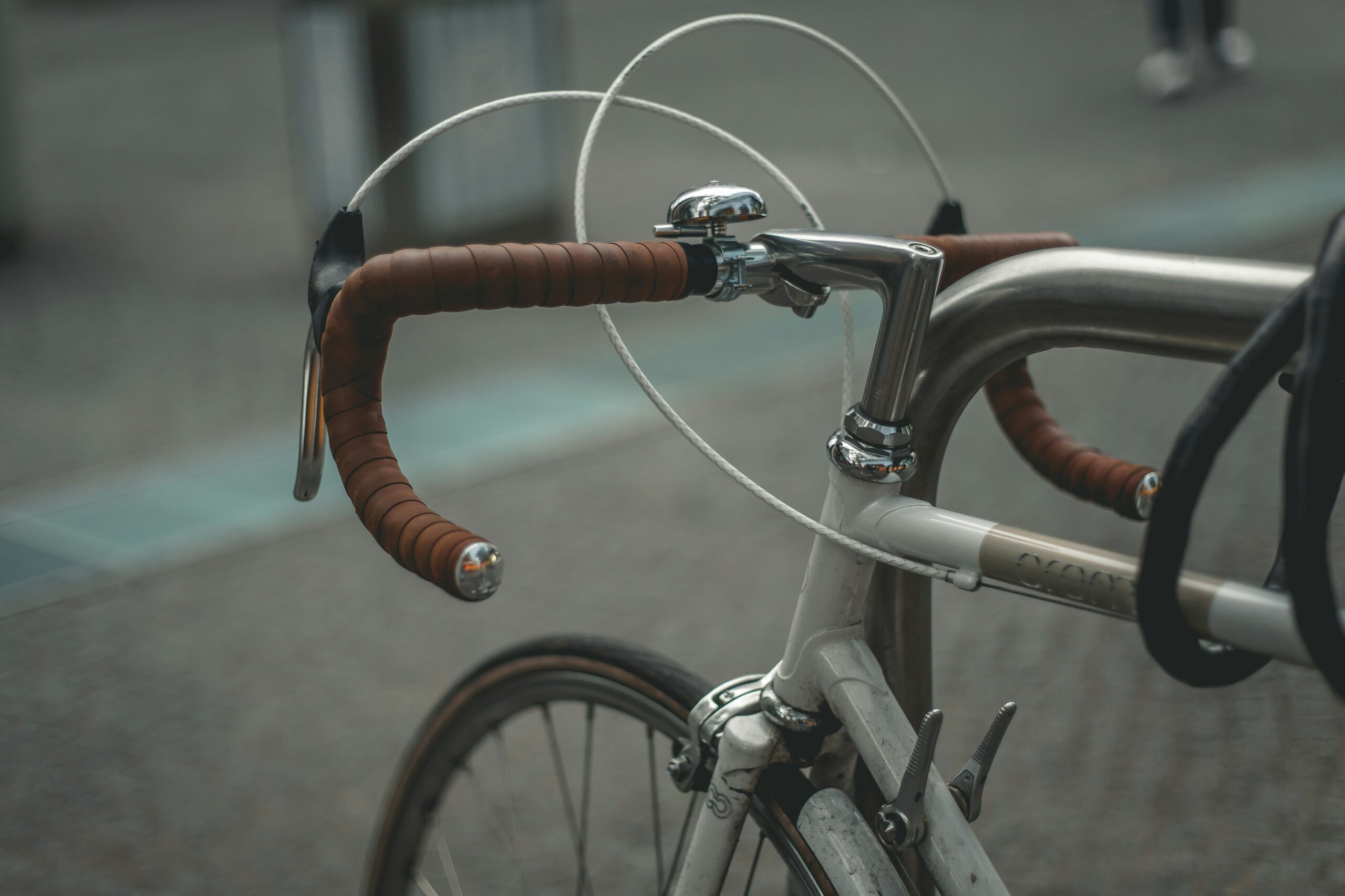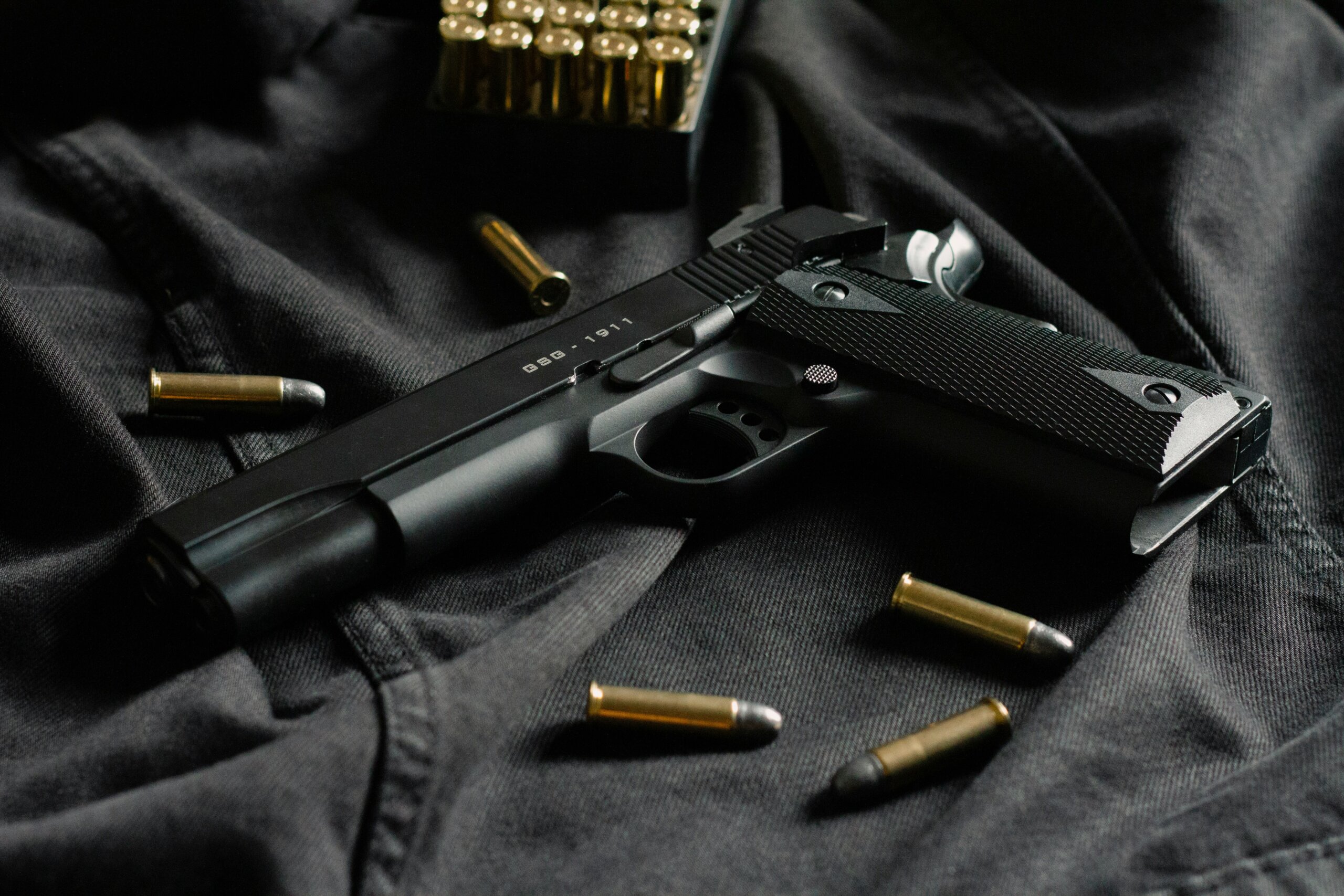Guide to choosing a refractory spray: grills, exhausts, stoves
Surfaces exposed to heat need durable paints. We’ll advise you on how to choose the right heat resistant spray and what to look out for.
When the paint overheats
You may have experienced this before. Paint your stove or exhaust with black spray paint, everything looks great... until you turn on the heater or hit the road. Within moments, the paint turns gray, starts to blister and peel. Why is that? Because regular acrylic or synthetic paints can't withstand high temperatures.
The right solution is a heat-resistant spray paint with silicone or metallic pigments that is designed for these conditions.
When to use refractory spray
Use refractory sprays wherever the surface comes into contact with high temperatures. The most common examples:
- Exhaust pipes
- Shock absorbers and brakes
- Fireplaces and doors
- Grills, smokers, boilers
- Stoves, heaters
- Flues and chimneys
In all of these cases, the paint must withstand temperatures above 300 °C, often more than 600 °C.
Recommended products from the COLORIT range
Rustbreaker High Heat Spray
- Temperature resistance up to 650 °C, short-term up to 800 °C
- Resistant to peeling, cracking and UV radiation
- Available in black, silver, white and brick red
- Suitable for exhausts, stoves, brakes and furnaces
- Does not require a finish coat, has a velvety matt appearance
Cosmos Lac High Heat
- Silicone base
- Resistance up to 700 °C
- Excellent coverage, fast drying
- Excellent adhesion even on bare metal
- Suitable for thermal appliances and exhausts
MACOTA High Temperature Paint
- Resistance up to 800 °C
- Distinctive colour shades, including red, blue and yellow
- Popular with the tuning community
- Also designed for boilers and industrial equipment
How to proceed correctly
Surfaces that come into contact with high temperatures require careful preparation:
- Remove old paint and rust. Sandblasting or brushing, or chemical strippers.
- Degrease the surface. A technical spray from the COLORIT range will ensure cleanliness without residual film.
- Do not apply primer. Refractory sprays are applied directly to the metal. Primer would peel off when heated.
- Apply thin coats. Wait at least 10 minutes between coats.
- Allow to wilt and then heat. Heating to 200°C first helps the coating to cure.
- After the first heat, an odour may be released. This is a natural process of the paint burning off.
Practical tips
- Paint the exhaust while still outside the car. High temperatures and fumes can damage surrounding plastic parts during curing.
- Do not use on parts that are in direct contact with an open flame. Even fire-resistant paint is not fire-resistant "forever".
- The surface must not be cold or hot. The ideal application temperature is around 20 °C.
- Choose sprays with a matt or satin effect. The high gloss of refractory sprays will not last long.
A correctly chosen heat-resistant spray will save you work, money and, most importantly, the disappointment of peeling paint. Whether you're refurbishing your grill, painting your stove or preparing your exhaust for the new season, Rustbreaker, Cosmos Lac or MACOTA products from COLORIT will give you a durable and professional result.



